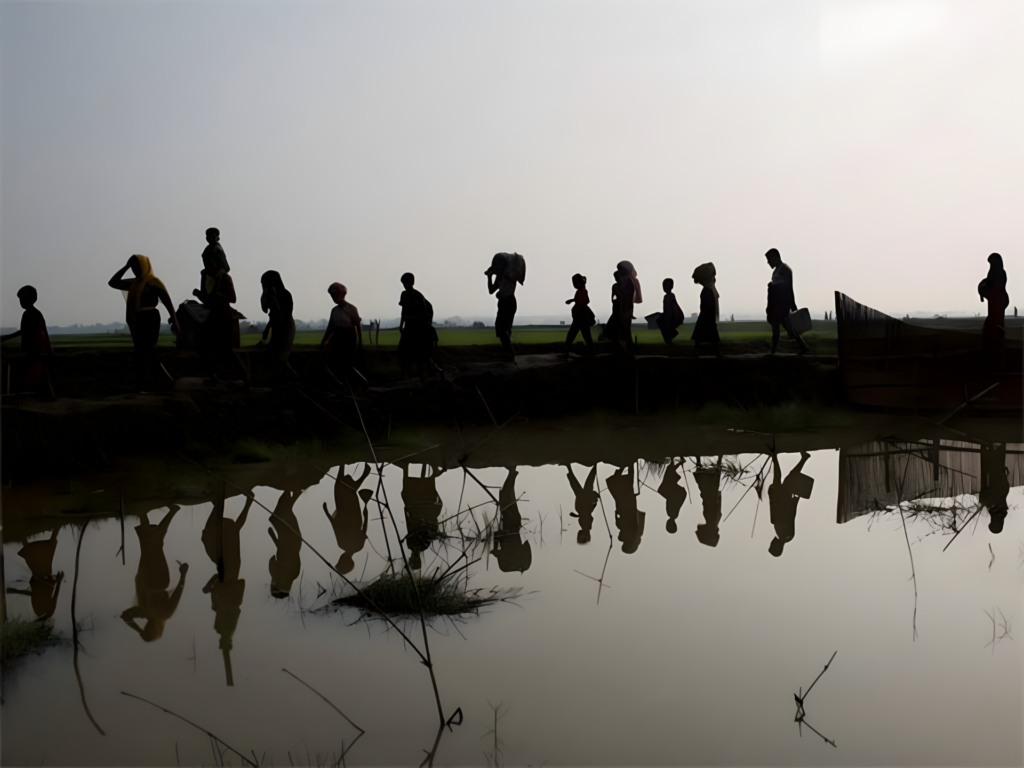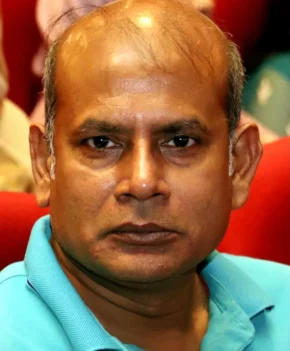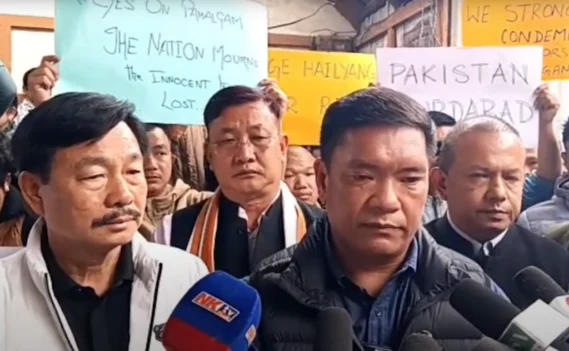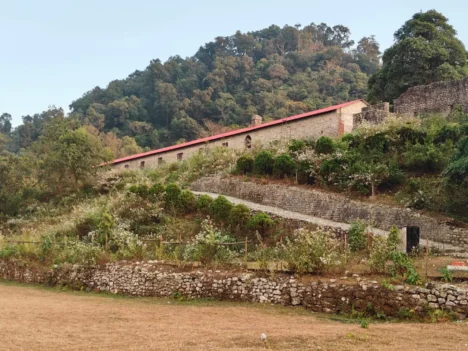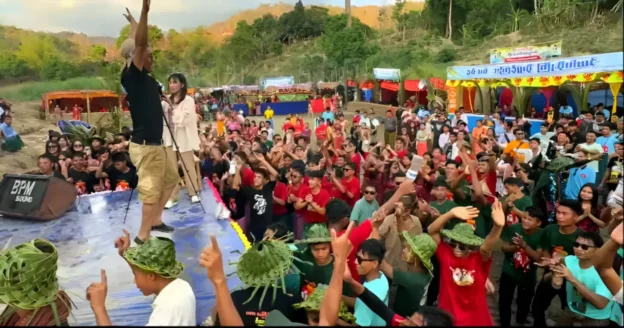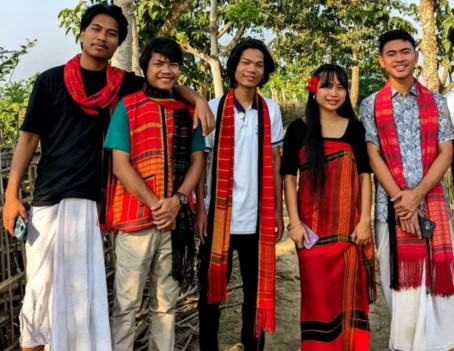The changing demography of Assam in northeast India deserves a wide and pragmatic discussion. Since the days of historic Assam Agitation (1979 to 1985), the issue remains in the hearts of indigenous population in the far eastern region. The mass movement, even though failed to fulfil the original demand to deport all illegal migrants raised by the agitating students and common people, successfully alerted the original inhabitants of the region about the looming threat over their future generation. The unique agitation specifically made them aware of a challenging time to protect their heritage in their own land.
After a half-hearted accord that agreed to provide Indian citizenship to millions of East Pakistan/Bangladesh nationals and allowed them to live in Assam as well, the situation was waiting to turn volatile. The updating of the National Register of Citizens in Assam with the basis of the same accord was expected to give little to the inhabitants, which later drew national media attention with corruption and massive mismanagement that went against the interest of local people.
The issue came alive when Assam chief minister Himanta Biswa Sarma made a stunning observation that the Muslim population in the State surged to 40% now from 12% in 1951. Expressing a serious concern over the demographic change in Assam, the outspoken politician commented that it was a big issue for him and the native people.
The saffron leader went on speaking that it’s not a political issue but a matter of life and death for him (indicating the Assamese community). On another occasion, Sarma also stated that growing criminal activities of some individuals belonging to a particular religion worry him.
Even the Miya people (Bangladesh origin Muslims) no longer fear the administration while indulging in crimes regularly. In a recent incident to evict the encroachers in Sonapur locality, which is adjacent to Guwahati, the Miyas dared to attack on-duty police personnel and administrative officials. Thousands of encroachers with sharp weapons on their hands were involved in the confrontation, which resulted in serious injuries to over 20 government personnel and also killing of two attackers. Even the Janajatia community was not spared, as they supported the eviction drive against the Miyas in the tribal belt and block areas.
The incident generated massive debates over the eviction of encroachers, where the opposition party leaders asked the government to be more humane while dealing with such issues. They also raised a pertinent question, how the encroachers could succeed in grabbing lands and getting all necessary benefits meant for a common citizen. Prabajan Virodhi Manch (PVM), a vibrant civil society group, however came out with a strong observation that the attacks made by Bangladeshi migrants on the police, while carrying out eviction operations in the tribal-belt of Sonapur, demonstrated their confidence and courage.
The anti-influx body in a media statement also added that it happened because of the policy of appeasement for foreigners by various political parties to ensure votes in the elections. It empowered them to the extent of attacking the police personnel on duty even though they are admittedly encroachers and incapable of acquiring rights over the tribal lands.
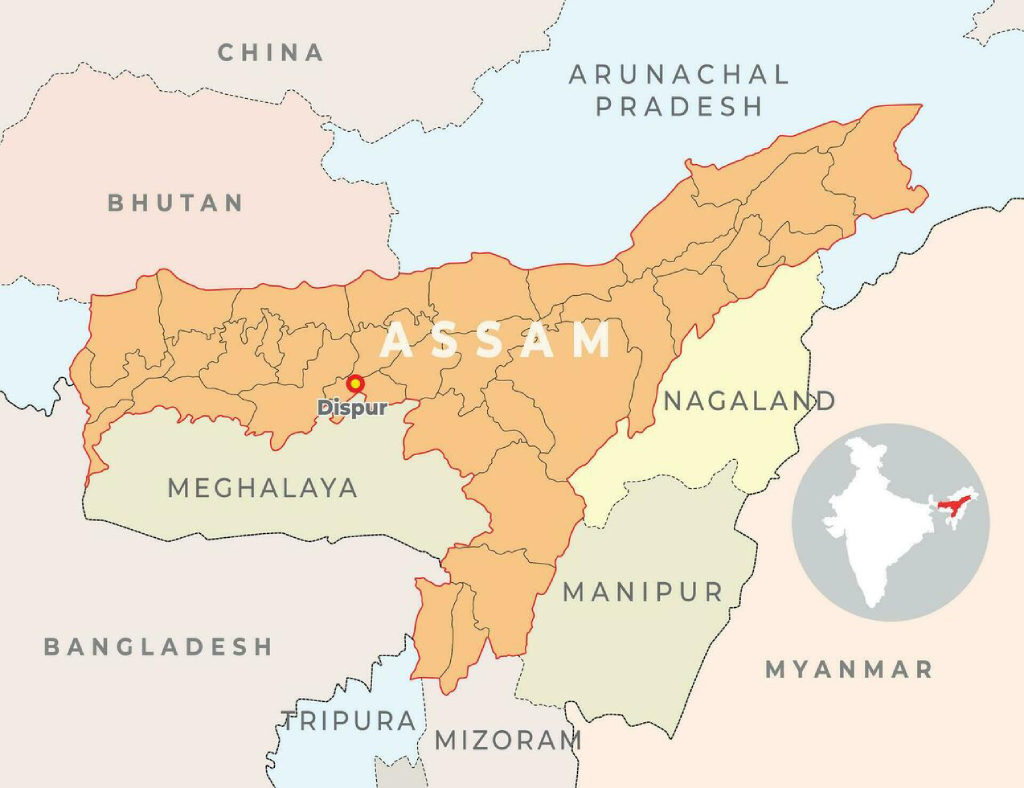
PVM convenor Upamanyu Hazarika highlighted some specific incidents from Sipajhar, Chaygaon and Mangaldoi localities, where the local people were targeted by the suspected migrants from Bangladesh. In Sipajhar, admittedly 77,420 Bighas of land remain under an encroachment by the Bangladeshi origin people. The government in 2021 announced that the entire land would be cleared from encroachers and an agricultural project would be established. The eviction drive could recover only about 2000 Bighas of land and an Agri-dairy project was launched there. Similarly, in Chaygaon, due to change in the course of Brahmaputra, many villages were lost because of erosion in yesteryears and lately about 20,000 Bighas of such land were restored in Dakhin Sorubongshi Mouza. When the original inhabitants and their descendants, holding valid Pattas, went to reclaim their land, it was found that those lands were already encroached by the Bangladeshi migrants. In spite of repeated police complaints and protest-demonstrations, the original inhabitants continue to be deprived of their lands. In Mangaldoi, one local farmer went to sell his produce in the market, but he was assaulted by other vendors of Bangladesh origin. Even his son was also beaten up and had to go for medical attention. No visible action was taken against those criminals by the concerned authorities.
Recently, Assam government organised a discussion with the current leaders of All Assam Students’ Union (which launched the Assam Movement in association with Asom Gana Sangram Parishad) to find ways to implement Clause 6 of the accord, where it’s mentioned about the ‘constitutional, legislative and administrative safeguards’ to protect, preserve and promote ‘the cultural, social, linguistic identity and heritage of the Assamese people’. Following the recommendations of Biplab Kumar Sarma led committee, the meeting also resolved that Asomiya (Assamese people) should encompass indigenous tribal families, other indigenous communities of Assam, Indian citizens residing in the territory on or before 1 January 1951 and their descendants. Patriotic People’s Front Assam (PPFA), a forum of nationalist citizens, appreciated the State government and AASU’s current leadership for the endeavour to define Asomiya people and urged them to bat for 1951 as the base year for ‘detection and deportation’ of all illegal foreigners in Assam as well. The PPFA also argued that if deportation of the then East Pakistanis (who entered Assam before 25 March 1971) becomes difficult for different international complications, the Union government in New Delhi should think of resettling them in other parts of India. Finally the forum asserted that Assam for any reason should not be compelled to take the burden of millions of migrants for decades alone.

